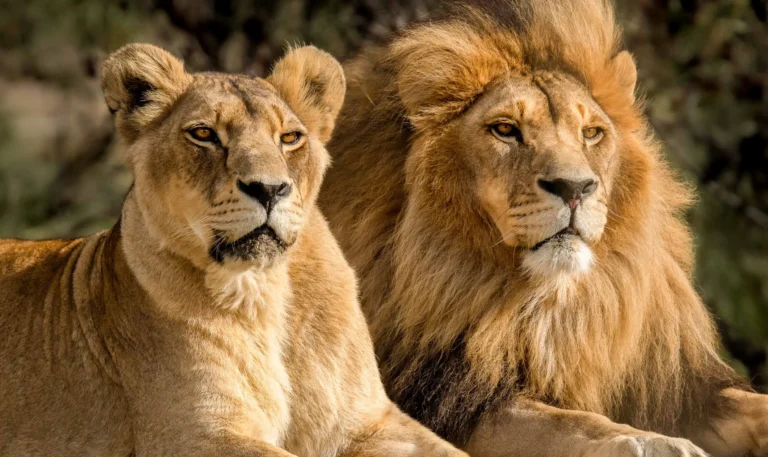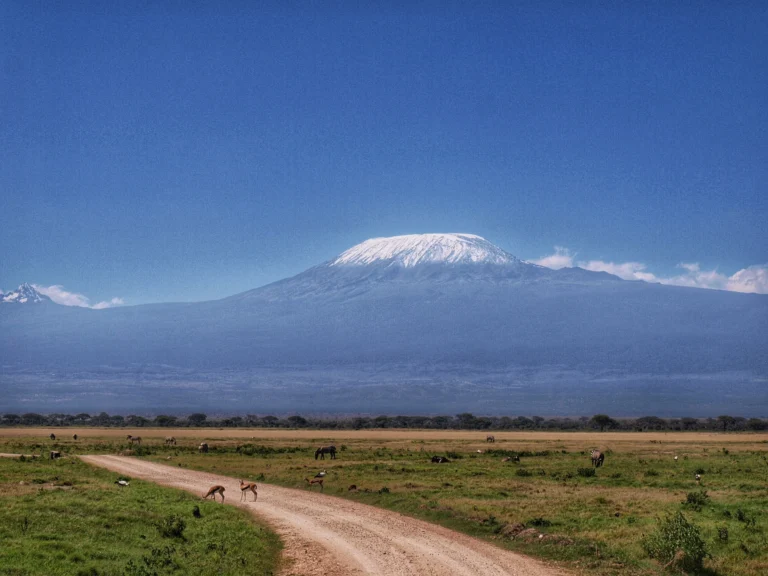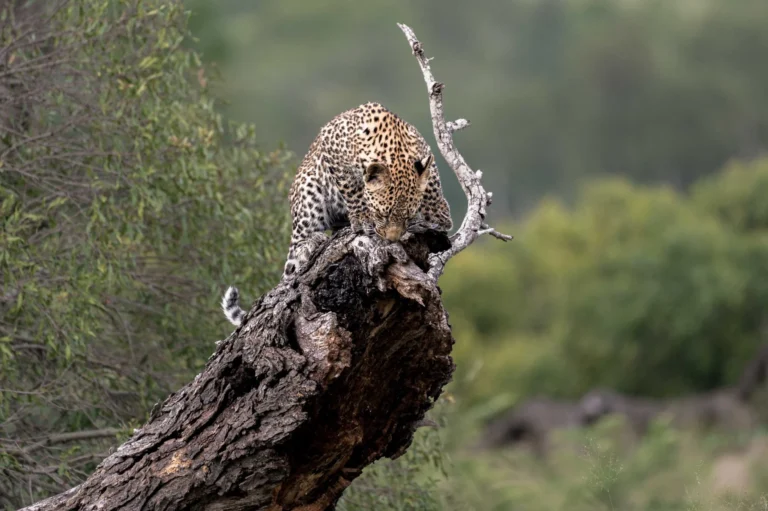Travel TIPS & FAQ'S
Frequently Asked Questions
About Tanzanian Safaris
Q1: What is the best time to go on a safari in Tanzania?
The best time for a safari in Tanzania is during the dry season from late June to October when wildlife viewing is at its peak. However, the wildebeest migration in the Serengeti can be seen year-round, with specific highlights during January to March (calving season) and June to July (river crossings).
Q2: What should I pack for a Tanzanian safari?
Essential items include light, breathable clothing in neutral colors, a wide-brimmed hat, sunglasses, sunscreen, insect repellent, binoculars, a camera, and comfortable walking shoes. Don’t forget any necessary medications and travel documents.
Q3: Are safaris in Tanzania safe?
Our Professional guides ensure your safety by adhering to strict protocols. It’s important to follow their instructions and stay inside the vehicle during game drives.
Q4: Do I need vaccinations for a Tanzanian safari?
Yes, vaccinations for diseases such as yellow fever, hepatitis A and B, typhoid, and routine vaccines are recommended. It’s advisable to consult your doctor for the latest health advice and malaria prophylaxis.

Tanzania is a country in East Africa known for its diverse landscapes, wildlife, and cultural richness. Here are some key travel destinations within Tanzania

The highest peak in Africa, attracting climbers and adventurers from around the world. The trek to its summit is a challenging yet rewarding experience, offering stunning views along the way.
Frequently Asked Questions
About Climbing Kilimanjaro
Q1: How difficult is it to climb Mount Kilimanjaro?
Climbing Mount Kilimanjaro is challenging but achievable for most people with good fitness and determination. The primary challenge is the altitude, but proper acclimatization and choosing the right route can increase your chances of reaching the summit.
Q2: What is the best time to climb Mount Kilimanjaro?
The best times to climb Kilimanjaro are during the dry seasons from January to mid-March and from June to October. These periods offer the most stable weather and clear skies.
Q3: How long does it take to climb Kilimanjaro?
The climb typically takes 5 to 9 days, depending on the route chosen. Longer routes offer better acclimatization and a higher success rate for reaching the summit.
Q4: What should I pack for the Kilimanjaro trek?
Essential items include layered clothing for varying temperatures, a warm sleeping bag, a good quality backpack, trekking poles, sturdy hiking boots, a headlamp, water bottles or hydration system, and personal medications.
Frequently Asked Questions
About Zanzibar
Q1: What is the best time to visit Zanzibar?
The best time to visit Zanzibar is during the dry season from June to October and the short dry season in January and February. These periods offer ideal beach weather and clear skies.
Q2: What are the must-see attractions in Zanzibar?
Must-see attractions include Stone Town, a UNESCO World Heritage site; the pristine beaches of Nungwi and Kendwa; Jozani Forest Reserve; Spice Farms; and the historical site of Prison Island.
Q3: What activities can I do in Zanzibar?
Activities in Zanzibar include snorkeling and diving in the coral reefs, exploring Stone Town’s historic sites, visiting spice farms, relaxing on the beaches, kite surfing, and taking a dhow cruise at sunset.
Q4: Is Zanzibar safe for tourists?
Yes, Zanzibar is generally safe for tourists. However, it’s important to take standard travel precautions, such as avoiding poorly lit areas at night, not displaying valuables, and respecting local customs and traditions.

Tanzania is a country in East Africa known for its diverse landscapes, wildlife, and cultural richness. Here are some key travel destinations within Tanzania
OUR ASSOCAITES
OUR PARTNER'S
Our safari partners are renowned for providing exceptional wildlife experiences across some of the most stunning and diverse ecosystems in Africa, they ensure that each safari not only offers an unforgettable adventure but also contributes to the preservation of wildlife and support of local cultures.




